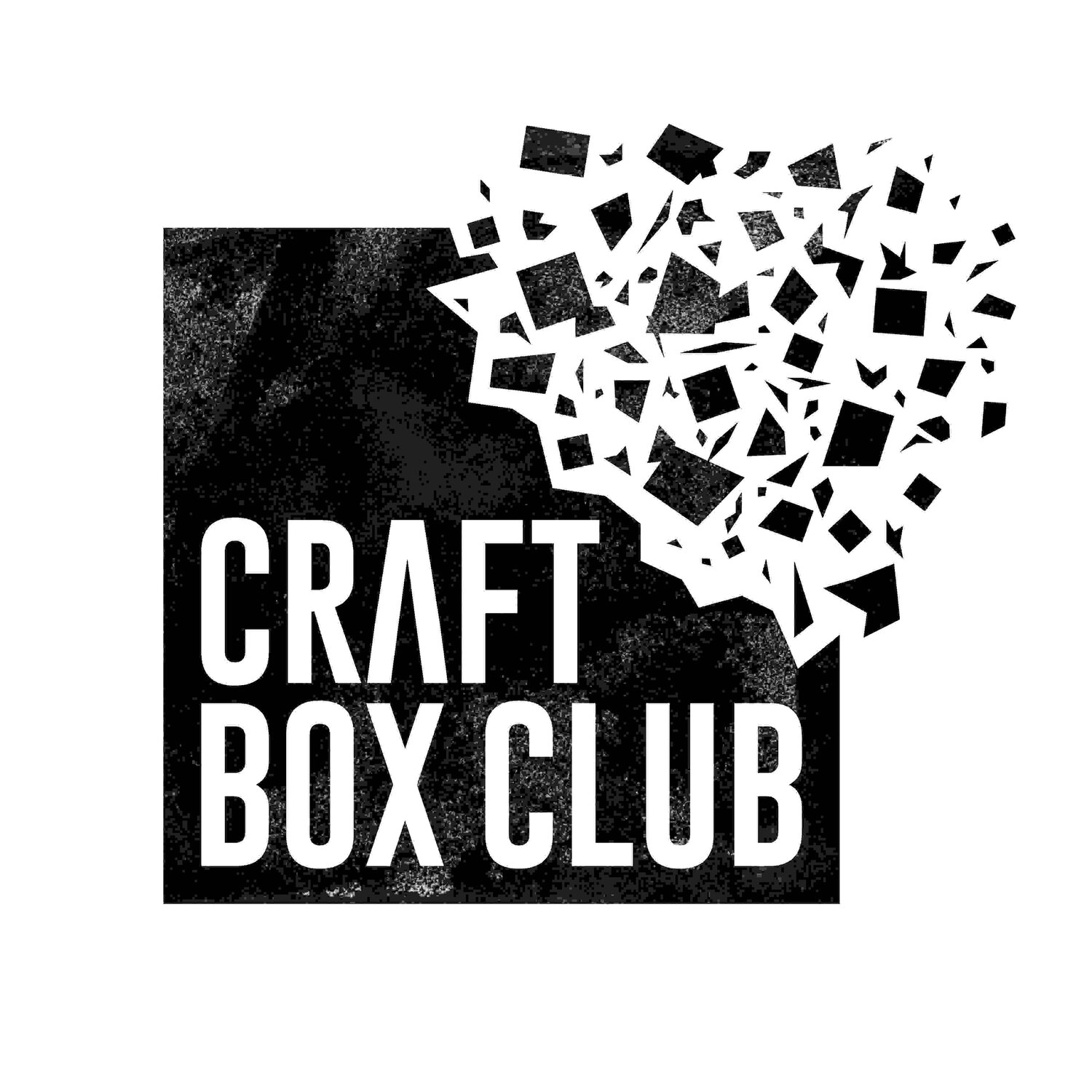The journey to plastic free - #1 Why?
Why go plastic free?
In early 2019 I took a break from my job, to start a quest to do something with more purpose, freedom and fun. I knew so many people, including myself, who wanted to be more creative and learn a craft. My friends and I were struggling with mental health issues, often caused by our work. I wanted to change this. I’d been trying loads of different ways to get creative for a while but really hated craft kits. They contained flimsy tools, gave you no support if you got lost and they were full of plastic packaging and plastic kit. I felt guilty buying them and it was horrible using them.
Like many others I woke up to the madness of plastic pollution in 2018 whilst watching beautiful sea creatures smothered by plastic waste in Blue Planet 2. I gazed in disbelieve as Hugh Fearnley-Whittingstall found mounds of plastic in Malaysia which were meant to be recycled but had clearly been left to rot. Well no, not to rot! To sit there for thousands of years, polluting our planet. I was stunned that even the plastic I thought was recyclable really wasn’t.
What’s wrong with using plastic?
The majority of plastic waste does not get reused or recycled and experts believe that 50% of plastic is single-use, meaning it is used once before being discarded.
Most types of plastic are in fact recyclable, but most municipal governments do not have the infrastructure in place to carry out this energy-intensive process. Recycling plastic not only requires large amounts of energy but also uses large quantities of water.
While getting rid of plastic waste is the primary environmental problem, the production process is a leading cause of carbon emissions contributing to global warming. It takes a lot of energy and resources to make plastic, with more than 90% being produced from fossil fuel resources. Experts believe that if current trends continue, in 30 years’ time 20% of global oil consumption and 15% of global carbon emissions will be associated with plastic production. (Shamelessly copied from here).
Plastic takes thousands of years to biodegrade, taking up valuable landfill space and has a significant detrimental impact on ocean life. Micro-plastics also get into the food chain and even the air we breath causing untold health issues worldwide.
Our challenge
From the start, Craft Box Club has looked to help people find joy in creativity whilst minimising the amount of plastic in our kits, starting with packaging and going totally plastic free in January 2020. This has been and continues to be a serious challenge but also a source of creativity and fun. This series of blogs will tell the story of my challenge and continuous struggle for plastic free creativity. I hope you can join me on this journey and that I’ll inspire you to think more creatively about how you reduce your plastic use and make the most of life on our magical, colourful, vibrant planet.
Adam Roe - Craft Box Club


